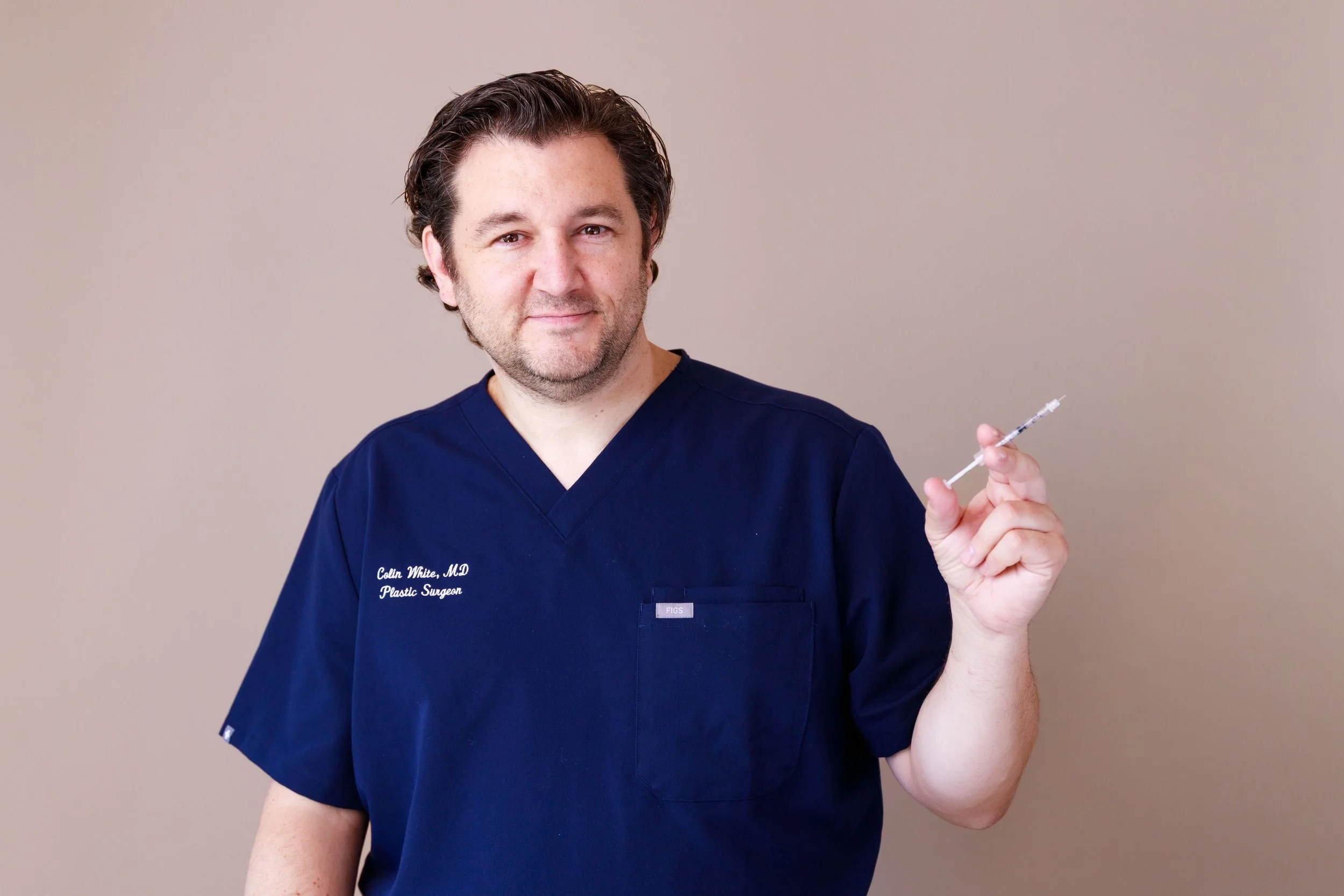FACELIFT SURGERY
A facelift is a surgical procedure designed to rejuvenate the face and neck by removing excess skin and fat while lifting sagging deeper tissues. As the gold standard for facial rejuvenation, it effectively addresses sagging skin, volume loss, and shifting fat deposits, resulting in a more youthful, refreshed appearance.
Facelift FAQs
-
A facelift, or rhytidectomy, is a surgical procedure that refreshes the face and neck by tightening skin, lifting underlying tissues, and removing excess skin. It targets common signs of aging, such as sagging cheeks, jowls, deep folds around the mouth, and loose neck skin, resulting in a smoother, more youthful appearance.
-
A facelift involves lifting, stretching, and removing excess skin to restore a more youthful appearance. There are several variations of the procedure, but the standard technique involves an incision starting within the temple hair, extending around the ear, and into the nape of the neck. The skin is lifted, stretched upward and backward, and excess skin is removed. The upper neck muscles are tightened, and fat beneath the chin may be removed via a small incision or liposuction, leaving a minimal scar.
The Short Scar Facelift, preferred by Dr. White, is a refined technique that eliminates incisions behind the ear, allowing patients to wear their hair up without visible scars. This method is often paired with an Endoscopic Brow Lift, where a small camera is inserted through tiny brow incisions to lift and smooth the forehead while preserving scalp sensation. This approach results in minimal scarring and a natural, refreshed look.
-
A facelift is best suited for individuals who:
Have noticeable facial sagging, deep wrinkles, or jowls.
Are in good overall health with no conditions that could affect healing.
Are non-smokers or willing to quit before and after surgery.
Have realistic expectations, understanding that the procedure enhances but does not stop aging.
-
Recovery varies, but generally follows this timeline:
First Week: Bruising and swelling peak, with some tightness or discomfort.
Weeks 2–3: Bruising fades, and most patients can resume light activities.
Week 4 and Beyond: Swelling gradually decreases, and results become more visible. Most return to normal routines within 4–6 weeks.
-
Traditional Facelift: Targets the mid-to-lower face and neck for comprehensive rejuvenation.
Mini Facelift: A less invasive option for mild to moderate aging concerns.
Deep Plane Facelift: Lifts deeper facial layers for long-lasting, natural results.
Neck Lift: Often combined with a facelift to address neck sagging and muscle bands.
-
There is always a possibility of excess bleeding during or after the operation. Therefore it is essential to avoid taking aspirin, anti-inflammatory drugs, or similar medication for two weeks before and after the procedure. No smoking, use of a nicotine patch, or nicotine chewing gum one month prior to surgery or 3 weeks afer surgery is required to prevent those toxic substances from depriving the skin of sufficient blood and oxygen; otherwise these can cause skin tissue death and bad scar formation.
-
Surgery is not possible without scars, but Dr. White carefully plans the incisions so that they lie in normal skin folds or are hidden by the hair or ear, making them as inconspicuous as possible. Your individual genetic healing characteristics will be the main factor in determining your scar appearance. In some patients the scars may widen, particularly behind the ear. Thick, raised, red "keloid" scars can occasionally occur.
Facelift at a Glance
-
Typically performed under general anesthesia or local anesthesia with sedation, depending on the extent of the procedure.
-
A facelift is usually an outpatient procedure, meaning patients can go home the same day. However, some may require an overnight stay for monitoring, especially in more extensive cases.
-
Time Off Work: 10-14 days, depending on swelling and bruising
Limited Activity: Light movement only for the first 2 weeks
Gradual Increase: Activities can be slowly increased after 3-4 weeks, avoiding strenuous movement
Full Recovery: Most swelling subsides by 6 weeks, but full healing and final results may take 3-6 months



